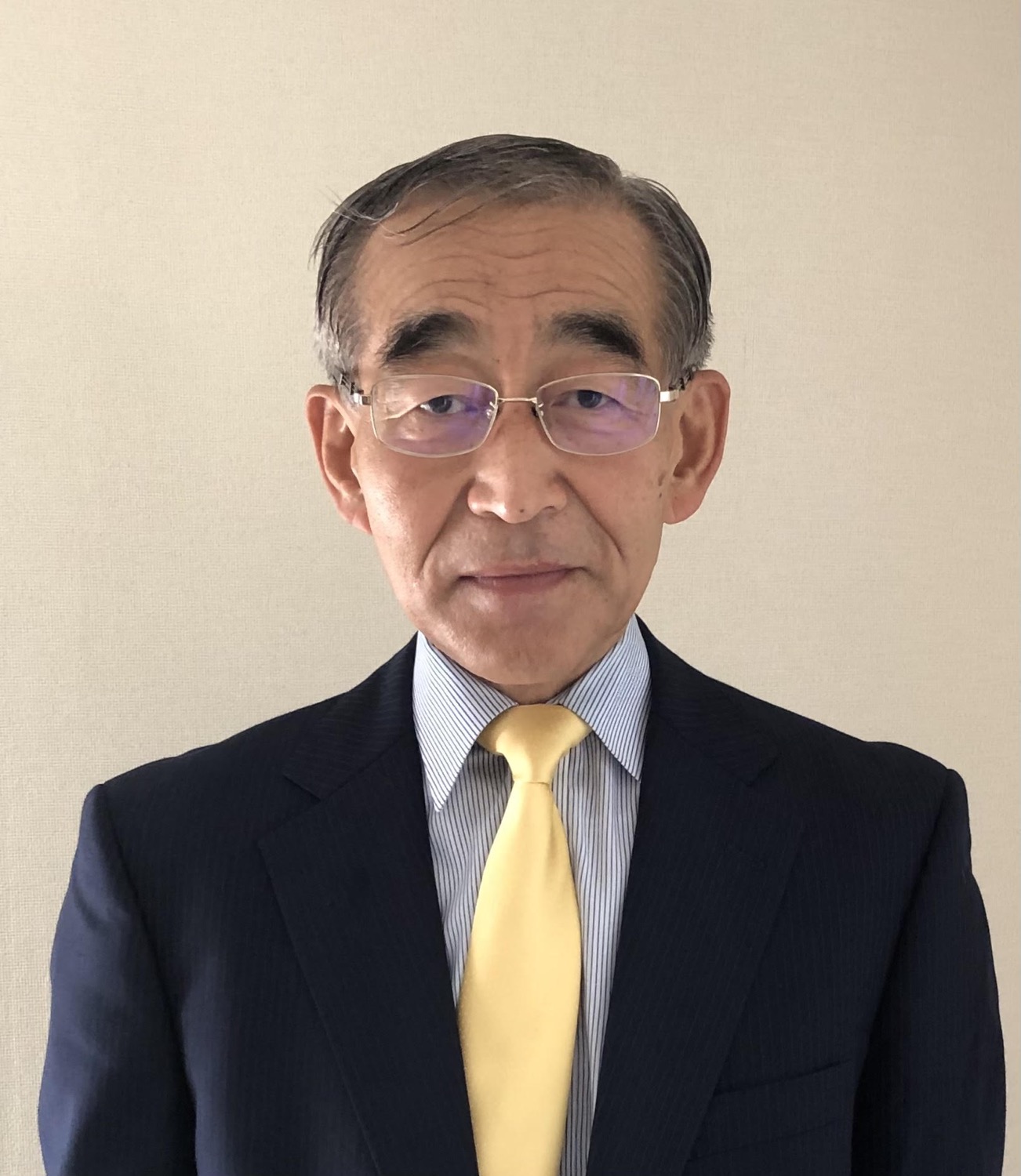『食と農の未来』 ”Reimaging Agriculture”
- Ikuo Kawauchi

- 2021年11月15日
- 読了時間: 2分
更新日:2021年11月18日
『マッキンゼーが読み解く 食と農の未来』を読みました。2025年までに起こり得る日本の農業を取り巻く変化として、外部環境として、①マクロエコノミクスの変化、②技術革新、③政策・規制の変化、④食習慣・ソーシャルファクターの影響、が挙げられる。それらが影響を与える因子として、⑤上流プレイヤーの変化、⑥消費者ニーズの変化、⑦代替品・代替手段の登場、⑧新規参入プレイヤー、が挙げられる。本書は、「グローバルな視点」と「他業界の視点」から、上記の要素を整理した上で、日本の農業の全体像を俯瞰し、日本の農業の位置づけを考察し、未来に向けて日本の農業のポテンシャルをどう発揮するかを論じている。結論としては、日本の農業が課題を乗り越え、更なる発展を遂げるためには、「新たな農業バリューチェーンの構築」と異なるプレイヤーたちを有機的に協業させることが出来る「オーケストレーター(指揮者)」が必要である、と言う。本書は、気候変動や食品ロスなどのSDGs的な視点が考慮されており、アフターコロナへの新たな視点・切り口を感じ取りました。 I read the book titled "REIMAGING AGRICULTURE - A Perspective by McKinsey''. Changes surrounding Japanese agriculture that can occur by 2025 include (1) changes in macroeconomics, (2) technological innovation, (3) changes in policies and regulations, and (4) the effects of eating habits and social factors. Factors that influence them include (5) changes in upstream players, (6) changes in consumer needs, (7) the emergence of alternatives and alternative methods, and (8) new entrants. This book organizes the above elements from a "global perspective" and a "perspective from other industries", gives a bird's-eye view of Japanese agriculture, considers the position of Japanese agriculture. Moreover the book discusses how to realize the potential of Japanese agriculture for the future. The conclusion are that in order for Japanese agriculture to overcome challenges and achieve further development, "building a new agricultural value chain" and "orchestrator (conductor) who can organically collaborate with players from different fields" are necessary.
This book takes SDGs perspectives such as climate change and food loss into consideration and I felt a new perspective on post COVID-19 era.
コメント